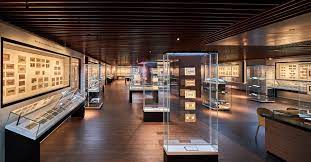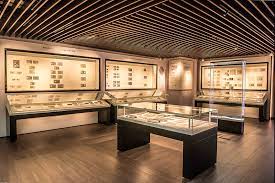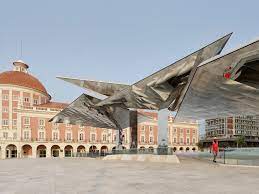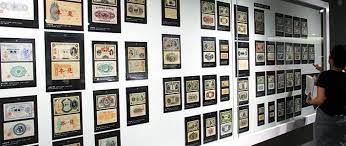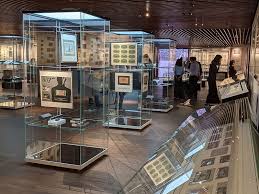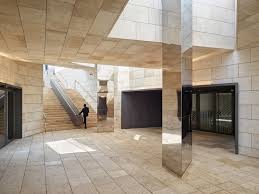A Currency Museum is a type of museum that focuses on the history, evolution, and cultural significance of currency and money. These museums often showcase various forms of currency, including coins, banknotes, and other monetary objects, providing insights into the economic, political, and cultural aspects of different societies. Here are some features and highlights you might expect to find in a Currency Museum: Historical Evolution: Currency museums typically present the historical development of money from ancient times to the modern era. They might display examples of early barter systems, primitive forms of money, and the progression towards standardized coins and banknotes. Display of Currency: Museums often exhibit a wide range of coins and banknotes from different countries and time periods. This can include rare and valuable currency items, showcasing the artistry and craftsmanship involved in their design and production. Cultural Context: Currency is often intertwined with a society's culture and history. Currency museums might explore how the designs, symbols, and materials used in money reflect the values, beliefs, and identity of a nation or civilization. Economic Education: Currency museums can serve as educational resources, helping visitors understand basic economic concepts such as inflation, deflation, and the role of central banks. Interactive exhibits might explain how monetary policy affects economies. Counterfeiting and Security: Some currency museums focus on the security features of modern banknotes and coins, showcasing anti-counterfeiting technologies and techniques used to prevent fraud. Global Perspective: Many currency museums aim to provide a global perspective on currency history, showcasing how different cultures have approached money and trade throughout history. Interactive Exhibits: To engage visitors, currency museums might have interactive displays, touchscreens, and multimedia presentations that allow people to explore the history and significance of money in an engaging way. Educational Programs: Currency museums often offer educational programs for schools, families, and individuals. These programs might include guided tours, workshops, and lectures. Temporary Exhibitions: Some currency museums host temporary exhibitions on specific topics related to money, such as the history of a particular coin, the role of currency in wartime, or the future of digital payments.
